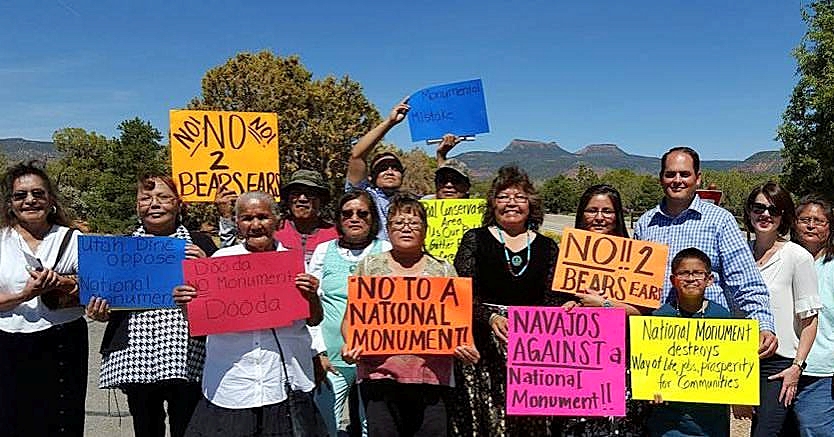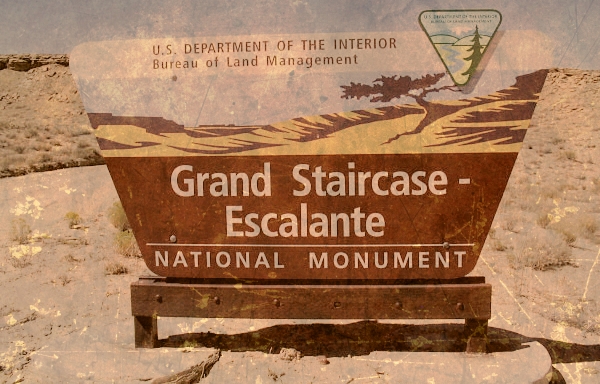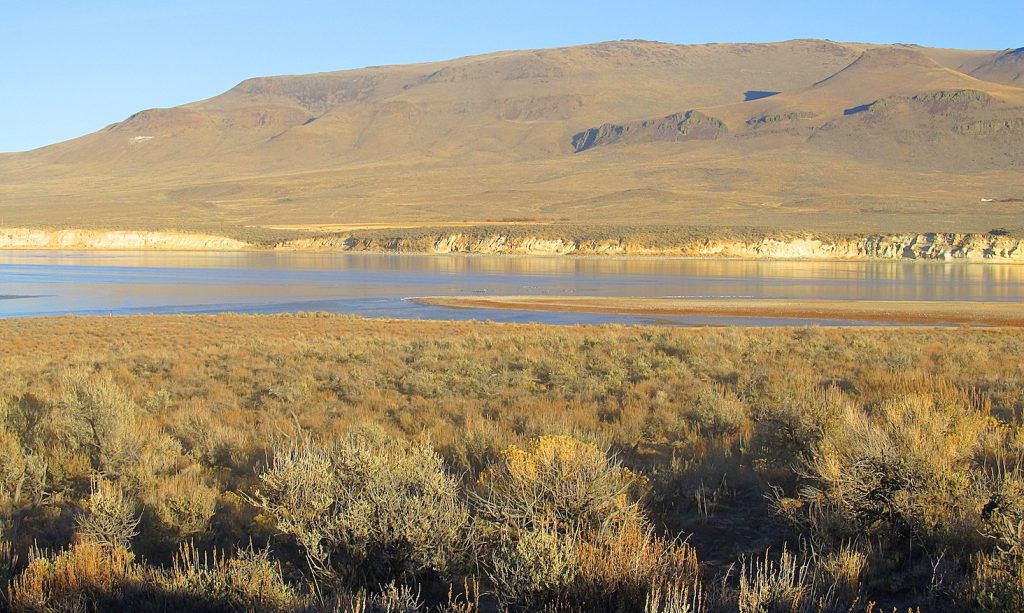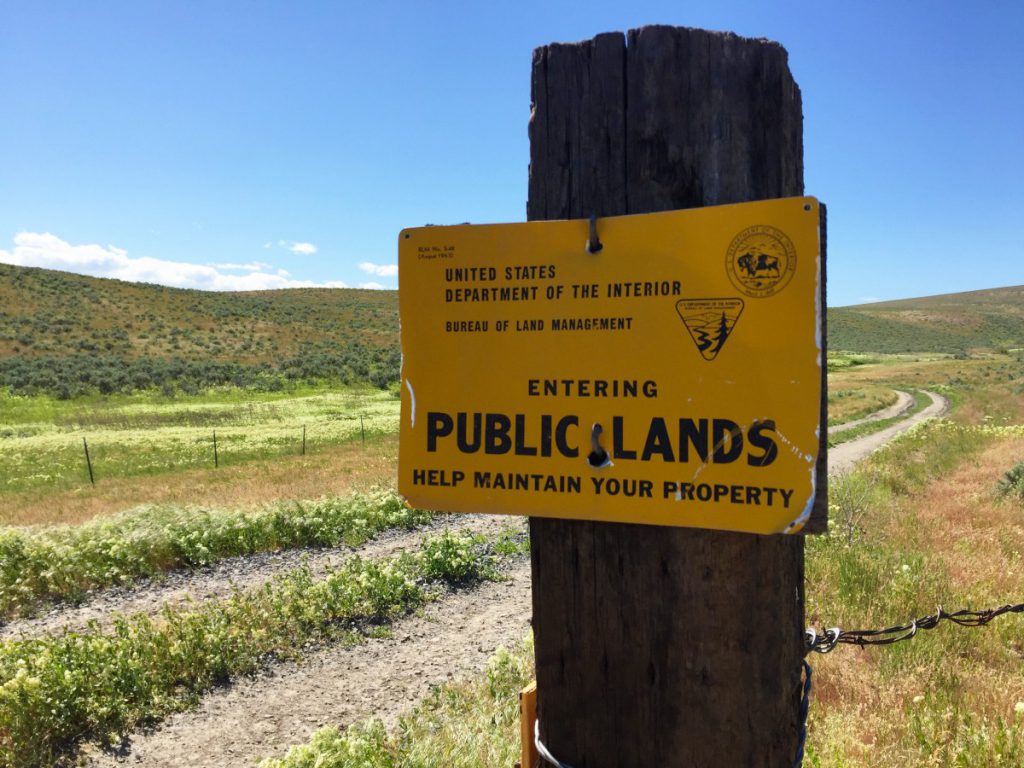Interior Secretary Ryan Zinke said Tuesday there’s “no doubt” he is visiting Utah to talk to people about the controversial Bears Ears National Monument designation, which he said lays at the heart of a 45-day interim review President Donald S. Trump is ordering on monuments.
Amy Joi O’Donoghue
SALT LAKE CITY — Interior Secretary Ryan Zinke said Tuesday there’s “no doubt” he is visiting Utah to talk to people about the controversial Bears Ears National Monument designation, which he said lays at the heart of a 45-day interim review President Donald S. Trump is ordering on monuments.
“The 45-day review is pretty much centered on Bears Ears because that is the most current one,” Zinke said in a White House press briefing.
Utah’s Grand Staircase-Escalante National Monument — designated in September of 1996 by then-President Bill Clinton — is one bookend of the Interior Department’s review of national monuments, while the other bookend is Bears Ears, designated last December by President Barack Obama in his final month in office, Zinke said.
Trump is expected to sign an executive order Wednesday directing Zinke and his department to conduct a review of monument designations over the last 21 years of 100,000 acres or greater, with an interim report due in 45 days and a final report expected in 120 days.
Zinke said the report will come with recommendations to Trump on whether a monument should be rescinded, re-sized or modified.
He stressed that the executive order does not strip any monument of a designation or loosen any conservation or environmental regulation on land-based or marine monuments.
“This is a review,” he said.
The review of the Antiquities Act — which grants the U.S. president the authority to designate national monuments — is long overdue, according to Zinke, and will be done to determine if monument designations are in sync with the law.
At the onset of the Antiquities Act use in the early 1900s, Zinke said new monuments were about 422 acres, while today’s monuments often comprise millions of acres.
“The policy is consistent with the president’s promise to give Americans voice,” he said, adding that the public has been cut out of the process in some instances.
Zinke said the public review of monuments is appropriate given the feedback from governors, members of Congress, local officials and other stakeholders.
“I think the concern I have and the president has is when a monument is designated, the community should have a voice,” Zinke said. “I am not gong to predispose what any outcome will be. I am going to talk to congressional delegations as I review the list, talk to governors, stakeholders involved and formulate recommendations that are appropriate.”
In Utah for Bears Ears in particular, Zinke said he plans to discuss the designation with members of the state’s congressional delegation, Utah Gov. Gary Herbert, elected officials in San Juan County and people on the ground in the region.
“Certainly in Utah you have a congressional delegation that represents the people of Utah that should be coordinated with, a governor that should be coordinated with and people on the ground who should be heard.”
1 comment on this story
Zinke, a former GOP congressman from Montana, retired Navy Seal commander and outdoorsman, said he remains opposed to any state effort to gain control of federal lands through mass transfer.
“No one loves our public lands more than I. You can love them as much, but you cannot love them more,” he said. “I am opposed to the transfer or sale of public lands.”
Still, Zinke said the Interior Department has drifted away from multiple use in favor of single use of the land and needs to restore trust between the federal agency and the states, particularly those in the West.
“The federal government can be a good neighbor to states in the West,” he said.





Best news we’ve had for some time. The fact that this addresses the concerns of dozens of States, provides additional support for all of us living in rural America.